Incest, the last taboo (A discussion of Flawed by Kate Avelynn)
Please note: This post and this book deals with a sensitive subject and may be triggering for some.
Back in the day of the dinosaur and before we had color tv (just kidding), there was an author named V. C. Andrews who wrote a book called Flowers in the Attic. All my friends were reading it so I did too. That’s how peer pressure works. Nonetheless, it turns out it is a book about the kids locked in an attic and they fall in love. Except they are brother and sister. I am not making that part up. They are brother and sister and they kiss and it is as gross as it sounds.
Because I have a brother and ew . . . . I mean seriously ew. We basically just beat each other up and talked smack to one another. You can not talk bad about my brother, but I always had plenty of negative things to say. So I can not imagine any universe in which a brother and sister fall in love. Punching I get, kissing not so much.
ADVERTISEMENT
ADVERTISEMENT
Flowers in the Attic is not the only title to have incest as part of its storyline. In fact, it has come up in Young Adult fiction:
Incest plays a minor role in Robert Cormier‘s 1988 novel Fade. The main character, a teenage boy named Paul Moreaux, has the ability to disappear or ‘fade’ from sight. He uses the ‘fade’ to spy on two new friends, twins Emerson and his sister Page Winslow, and is shocked to witness an incestuous encounter between the two.
In Sonya Hartnett‘s Sleeping Dogs (1995), a brother and sister’s incest is only one symptom of the family’s degradation.
One young adult novel of note is Francesca Lia Block‘s Wasteland (2003), which features the incestuous relationship of a teenage brother and sister.
In the Young-adult series “Blue Bloods” (from 2006) by Melissa de la Cruz, which features vampires reincarnated every lifetime and couples who are “bonded” and find each other every lifetime, two of the semi-main characters, who are a bonded couple, are twins.
In the 2007 novel City of Bones by Cassandra Clare, the main character, Clary, and her romantic interest, Jace, discover that they are siblings. Their romantic relationship (though now very tense) continues into the second book, City of Ashes. But in the third installment, City of Glass, it is later revealed they are not siblings, so it really isn’t incest. However, Clary’s real older brother, Jonathan Christopher Morgenstern (who Clary has never met), impersonates Sebastian Verlac (whom Clary or the other characters have also never met). Clary is unaware that Sebastian is really her brother spying for their father, Valentine, and it leads to them sharing a kiss. However, unlike when she kisses Jace (even when they still think they are related), she notices that kissing Sebastian feels wrong.
Forbidden (2010) by Tabitha Suzuma tells the story of a teenage brother and sister who fall in love while caring for their younger siblings.
And of course their is an incestuous relationship in the Game of Thrones saga by George R. R. Martin, not distinctly YA but definitely popular among this age group.
Don’t tell, but I totally got the above information from the Wikipedia entry on “Incest in Popular Culture”. I know, not a great source and all that. But there you have it.
Which brings us to Flawed by Kate Avelynn. Flawed is the story of Sarah and James, two siblings who have made a pact. Because of this pact, James saves his sister from their violent, abusive father. They are already off to a bad start in life. Sarah thinks she owes James everything because of all that he is sacrificed to save her, but one day he asks for more than she can give, and it breaks her. Sarah thought that James was going to save her, but he turns out to be far more dangerous than their father ever was.
Flawed is not an easy read and it is about a topic – abuse and incest – that we don’t like to talk about, or even think about. These are truly damaged people and this is a heartbreaking read.
It is important to note that this is, in the end, not really a book about incest but a book about abuse and the cycles of abuse. Here, there is more than one abuser, father and son. James thinks he is saving Sarah, but he fails to realize how he has become a version of his father and is in fact doing the very same things to Sarah. He is not her savior, but another tormentor. It is crushingly hard to read, but Avelynn does a very good job of developing the psychological pillars of abuse, the way that Sarah is alienated, controlled, dis-empowered. For years, the two siblings have had to weather this crazed and terrorizing life together alone and they have developed a very unhealthy relationship as a coping mechanism. When James’ feeling turn to obsession for his sister, she recognizes and fears it, but still feels an incredible sense of obligation to him that keeps her there when she should be fleeing for her safety. I cried a hundred times reading this book, and although it was so very hard to read, I kept reading because I just wanted something good to happen for Sarah.
The situation is complicated when Sarah falls in love with Sam, James former and probably only friend. There is a pseudo white knight feel to Sam that is hard to swallow, like he is here to rescue the princess when the truth is, she can probably only really rescue herself. But he also becomes the catalyst that causes events to spiral out of control. They often use physical interaction, “making out”, to “make it all go away”, which was annoying, but has a ring of truth to it for this age group and someone who has been through what Sarah has been through.
ADVERTISEMENT
ADVERTISEMENT
But let’s talk about Sam for a moment. Sam is presented to us as the one who truly loves Sarah and wants good things for her, but even he is at times controlling, though in more subtle ways. He pressures Sarah to be in a relationship with him when she repeatedly says she can’t because it would anger her brother. There is this scene where they are at the grocery store and Sam takes the things Sarah puts in her shopping cart out and replaces them with a healthier alternative, not understanding that 1) this is a type of control and 2) he could very well be getting her into trouble at home if she goes home with the wrong foods. So even though this relationship was supposed to be the true love, there were some subversive elements that didn’t sit well with me. If it was supposed to be an example of what a healthy relationship looks like to contrast with the other relationships in Sarah’s life, then I think Avelynn failed. Do I think that Sam had some true feelings for Sarah? Yes. Do I think that this was a healthy relationship? No, and maybe it wasn’t meant to be. In the end, Sarah is really and truly at a place where it would be impossible for her to be in any type of a healthy relationship without serious counseling to help her understand what one is, what it looks like.
The emotions of abuse are depicted with a strong sense of realism, a heartbreaking honesty, a very real level of dysfunction that is so very difficult to read – especially when we keep in mind that this is the family dynamic of far too many people in this world. It is crushing to read, but important at the same time.
The writing is at times beautiful: “But at the press of his lips against mine replays in my head, that love starts to feel heavy, like stones pulling me under the water.” But oh my goodness are these some damaged people and there are some truly horrible things happening here; psychological abuse, physical abuse, manipulation, fear . . . Sarah is a classic abuse victim, making excuses for her brother and allowing him to control her out of a sense of debt that she feels. It is a heavy read with a very sad ending.
I can’t say I recommend this book because it is truly psychologically horrific, but I can say that the writing is often lush, the emotions and psychology seem real and spot on, and that it will be very triggering for some people. I am a firm believer that every person deserves to have their story be told, and this is definitely a story that needs to be told and is told well. We can learn from it. But man, this is not an easy read – I felt wrecked for a long time after reading this book, that is how visceral it is. The words in this book will gut you like a knife. For style, writing skill and the development of the psychology of abuse, I give it a 4 out of 5 stars. For all the James and Sarah’s out there, I hope this book sheds a light on your life and that we can all learn how to recognize the signs and try and find help for you. I think adults, especially, should read this book to better understand what this life is like. I would have a hard time recommending it to a teen, but I know many that would devour it just as they devour the A Child Called It books, I simply hope they learn empathy and compassion from it. Pair this with Scowler by Daniel Kraus for a compelling look at the psychology of abuse, the life of its victims, and the depth of fear that many teens are living in daily. I do think the abuse in Flawed is more terrorizing because it is firmly set in a realistic world whereas there are some Horror/Fantasy elements to Scowler that help provide that element of distance to make it slightly more palpable.
Filed under: Book Reviews, Flawed, Kate Averlynn
About Karen Jensen, MLS
Karen Jensen has been a Teen Services Librarian for almost 30 years. She created TLT in 2011 and is the co-editor of The Whole Library Handbook: Teen Services with Heather Booth (ALA Editions, 2014).
ADVERTISEMENT
ADVERTISEMENT
SLJ Blog Network
One Star Review, Guess Who? (#202)
This Q&A is Going Exactly As Planned: A Talk with Tao Nyeu About Her Latest Book
Exclusive: Giant Magical Otters Invade New Hex Vet Graphic Novel | News
Parsing Religion in Public Schools
ADVERTISEMENT

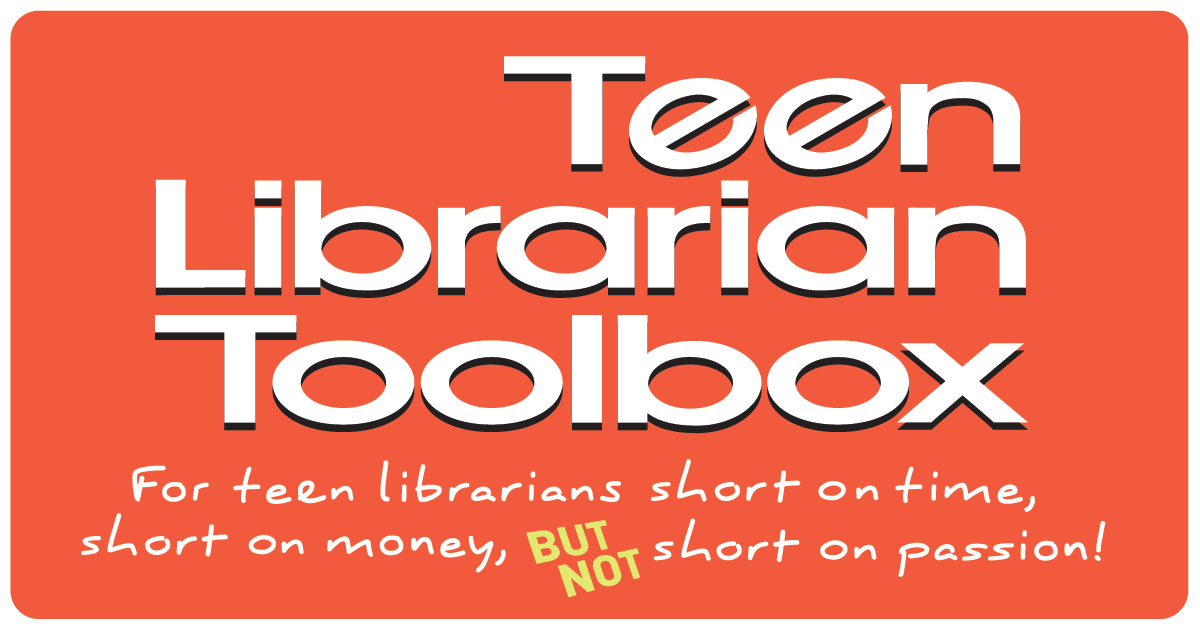



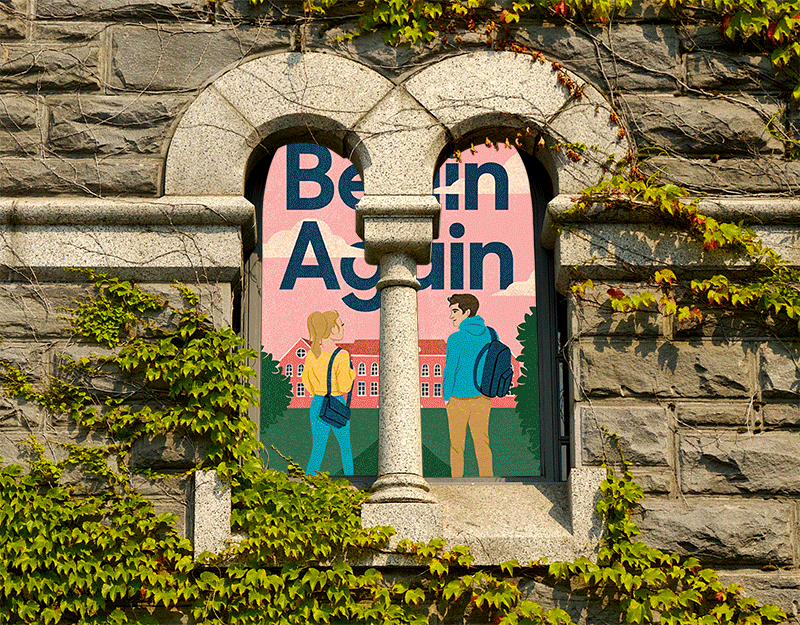
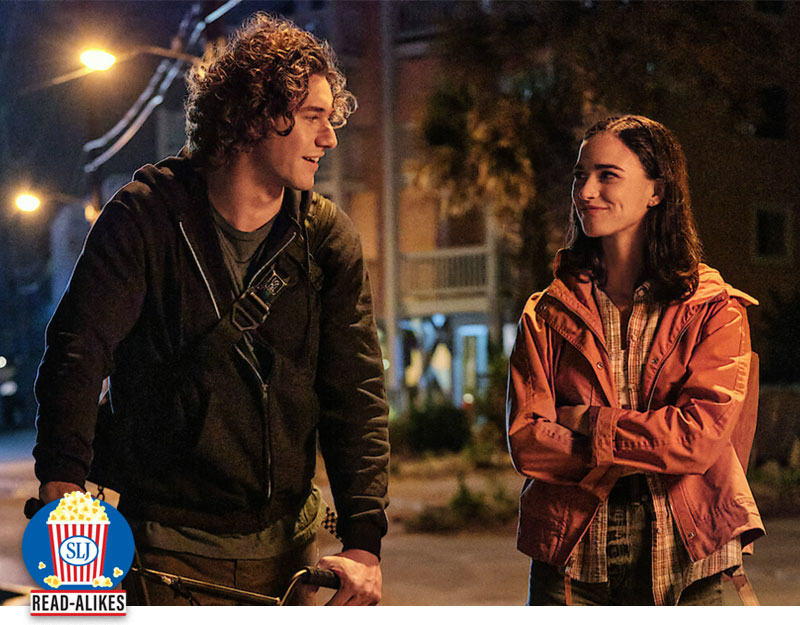
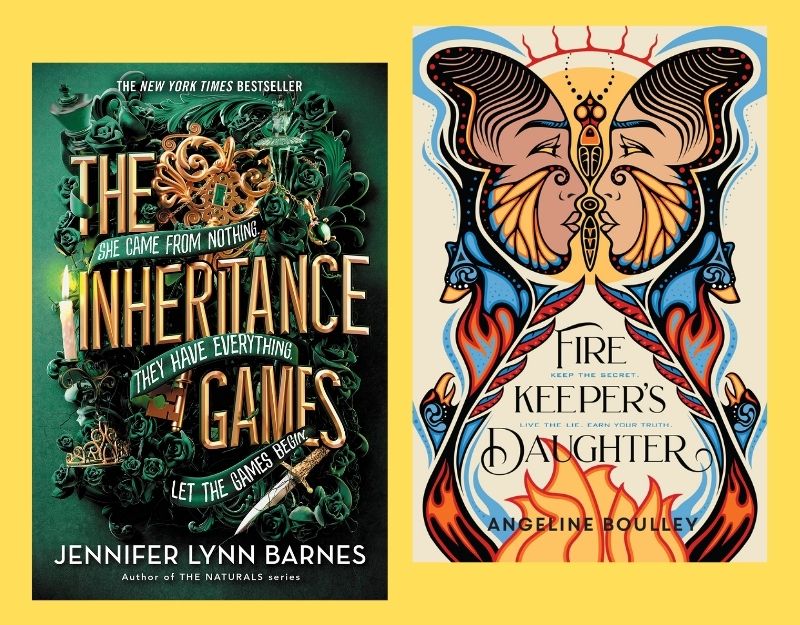
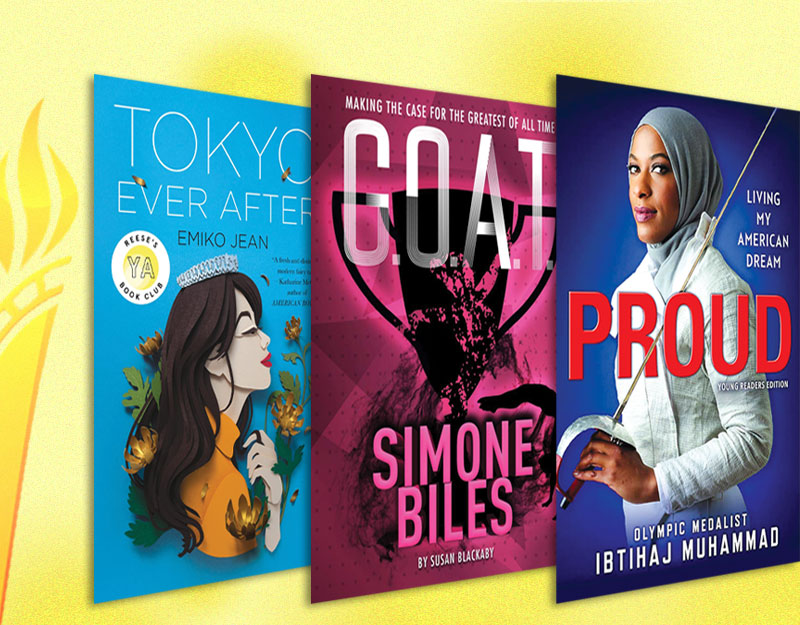
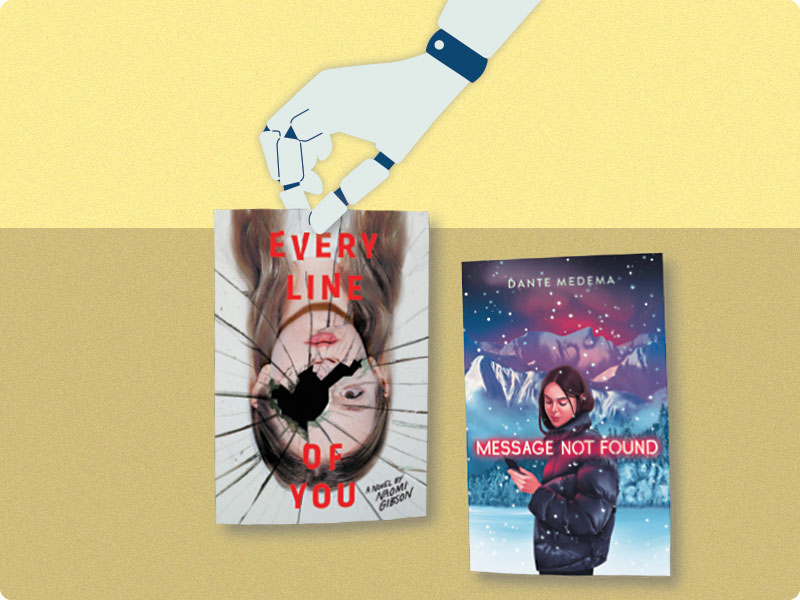
Bee and Jacky by Carolyn Coman is another YA novel that tackles brother-sister incest.
There's a new book about consensual sibling consanguinamory called Love's Forbidden Flower by Diane Rinella.
I read Flowers in the Attic about 2 years back, after having watched the movie. I think it was the first book I read (out of 2 now) that had the topic of incest. Recently I read Forbidden, and afterwards I looked up the incest in YA on Wikipedia article. I actually didn't realize it was in quite a few books!
Forbidden was a bit too overly dramatic for me, and long winded. I actually didn't have too much of a problem with the incest, because it was consensual and reciprocated on both sides (although I think their age difference, even though by a little over a year, made it statutory rape? I can't remember). However, Flawed sounds much more like a book I'd like to read for how it explores all these topics. While it sounds intense, it appears from your review to be realistic, and I love a beautifully written book!
Thanks for the title recommendation.
Keith, thanks for the title recommendation. I hadn't heard of this one.
It was intense, not because of the incest though, but because of the abuse. It was beautifully written.
When I was 12, Flowers in the Attic was so popular. I am often amazed at how popular the V. C. Andrews books still are.
You are raising all kinds of great discussion lately Rachelia, thank you.
Did james kill himself in the end?